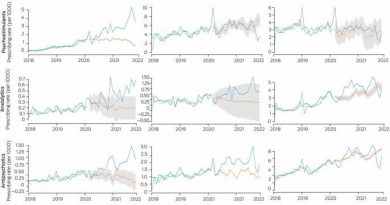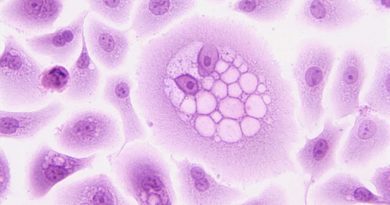Prenatal exposure to non-tailpipe air emissions associated with autism in offspring

Prenatal exposure to non-tailpipe air pollution emissions is associated with development of autism spectrum disorder (ASD) in young children, according to a study published in the January issue of Environment International.
Md Mostafijur Rahman, Ph.D., from the University of Southern California in Los Angeles, and colleagues examined associations between ASD and fine particulate matter (PM2.5) tracers of tailpipe (elemental carbon [EC] and organic carbon [OC]) and non-tailpipe (copper [Cu], iron [Fe], and manganese [Mn]) sources during pregnancy. The analysis included 318,750 children born in Kaiser Permanente Southern California hospitals from 2001 to 2014 and followed until age 5 years.
The researchers found that increased ASD risk was associated with gestational exposures to tracers of both tailpipe and non-tailpipe emissions in single-pollutant models. For EC, OC, Cu, Fe, and Mn, the ASD hazard ratios per interquartile increment of exposure were 1.11, 1.09, 1.09, 1.14, and 1.17, respectively. For non-tailpipe sources, the estimated effects of Cu, Fe, and Mn were largely unchanged in two-pollutant models when adjusting for PM2.5, nitrogen dioxide, EC, or OC. There was marked weakening of ASD associations observed for EC and OC when adjusting for non-tailpipe sources.
“Implications are that reducing tailpipe emissions, especially from vehicles with internal combustion engines, may not eliminate ASD associations with traffic-related air pollution,” the authors write.
More information:
Md Mostafijur Rahman et al, Prenatal exposure to tailpipe and non-tailpipe tracers of particulate matter pollution and autism spectrum disorders, Environment International (2023). DOI: 10.1016/j.envint.2023.107736
Journal information:
Environment International
Source: Read Full Article



